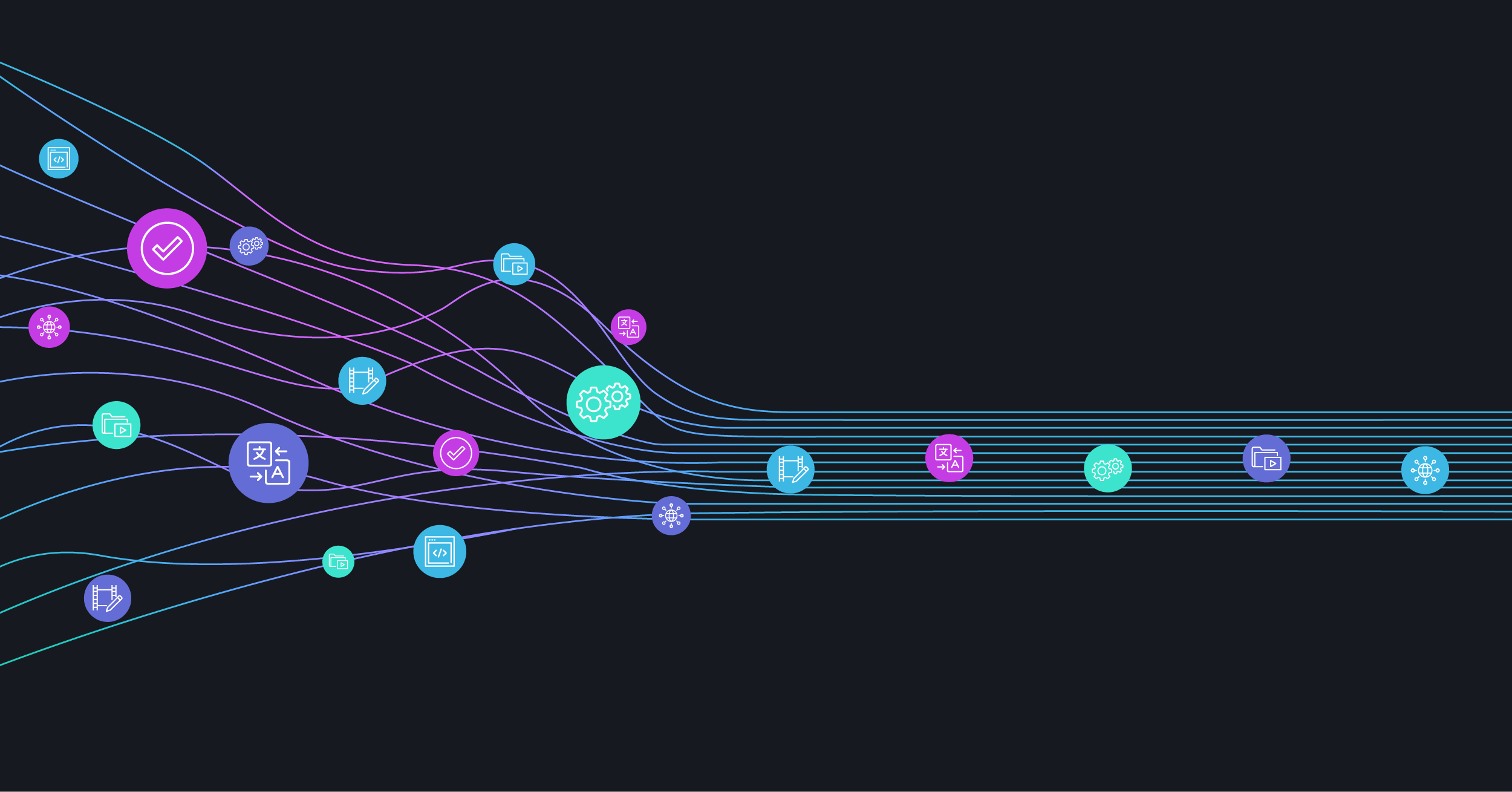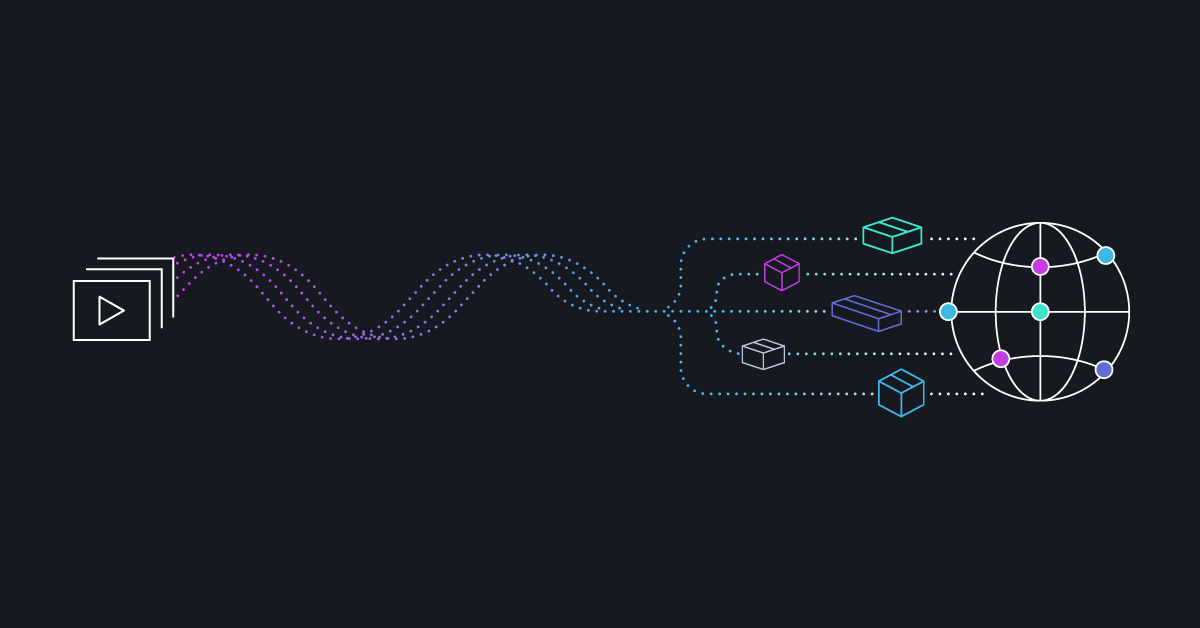Every few months it seems another vendor enters the media technology conversation with a grand declaration: They’ve built the industry’s first truly end-to-end platform. It’s a fully integrated, all-in-one solution that can handle everything from production to global distribution.
Sounds great. Until you take a closer look at what “end to end” really means.
Examining End to End
One of the most misleading phrases in our industry, “end to end” has become marketing shorthand for a single-vendor system that theoretically checks a lot of boxes but doesn’t actually deliver the functionality and performance that media companies need.
On the surface, “end to end” implies total coverage. But that’s an awfully vague promise. Where does one “end” begin and the other “end” stop? And, more important, what’s being sacrificed to make that claim?
No single vendor excels at every step of the media supply chain. It’s just not a realistic expectation of any one technology supplier. Content operations are too complex, and the tools required are too specialized. When a vendor says they offer everything from end to end, what they’re really offering is a closed system that limits users’ flexibility and their opportunities for workflow and operational optimization.
With an end-to-end solution, the group of tools (built or acquired) integrated into that system are the tools you get. As a result, your operations live or die by one vendor’s architecture, roadmap, and assumptions about what your workflow should look like. Rather than being able to select the best tool for the job at each stage of your workflow, you’re confined to what’s included in the box. If one or two components just aren’t a good fit? Tough luck. You’re locked in.
The Real Risk: Compromise
Because single-vendor end-to-end solutions are designed to account for every stage of the media supply chain, they often get the job done using the lowest common denominator. Maybe that’s good enough. But maybe it’s not. And in an industry where content quality, speed to market, and operational efficiency are competitive differentiators, “good enough” rarely gets the job done.
That’s how a limitation becomes a risk. When you commit to a closed platform, you sacrifice your ability to pivot. You compromise on optimization. You give up the agility that modern media operations demand. And you place your entire supply chain at the mercy of a single vendor’s weakest link.
Finding the Right Fit
The notion of an end-to-end solution is understandably appealing, if not realistic. Fortunately, there is a practical and proven alternative to this fantasy. It’s a well-orchestrated ecosystem of tools, each chosen because it’s the best at what it does, not because it happened to be bundled together by a single provider.
Some vendors sell “end to end” as a means to reducing complexity. But simplifying the problem by shrinking the scope doesn’t actually solve anything. With access to the best technology for any job, modern media companies get the performance, scalability, and visibility they need.
This approach allows real optimization to happen. When you build a supply chain with best-of-breed components that are easily integrated and orchestrated, you create a solution capable of adapting as your needs evolve. Rather than give up control, employing the lowest common denominator for simplicity’s sake, you establish agile, intelligent infrastructure.
True optimization means giving media operations the ability to make the best technology choices for their workflows, to swap in better tools when needed, and to scale without being boxed in. This is exactly what a dynamic platform should enable: agility without compromise. That’s not something a single-vendor, closed system can deliver, no matter how impressive the marketing copy might sound.
Know It When You See It
Before you buy into any vendor’s claim of offering an “end-to-end” solution, take a closer look. Ask what’s really included. Ask whether the system allows you to integrate best-of-breed technologies and evolve over time. Be skeptical of vague promises, and don’t settle for surface-level simplicity that comes at the cost of long-term flexibility and performance. The vendors worth trusting are the ones who are clear about what they do best—and who build with openness, orchestration, and optimization in mind.
So the next time you hear a vendor pitch their platform as “end-to-end,” don’t lean in. Lean back, and ask harder questions. Dig deeper. Because the real goal, especially for media operations looking to stay agile and efficient, isn’t end-to-end. It’s the end of end-to-end.
If you’re interested in learning more about how a well-orchestrated ecosystem of best-of-breed tools can help you to achieve your goals with agility, get in touch! Our experts are happy to answer all your questions — even the hard ones!



